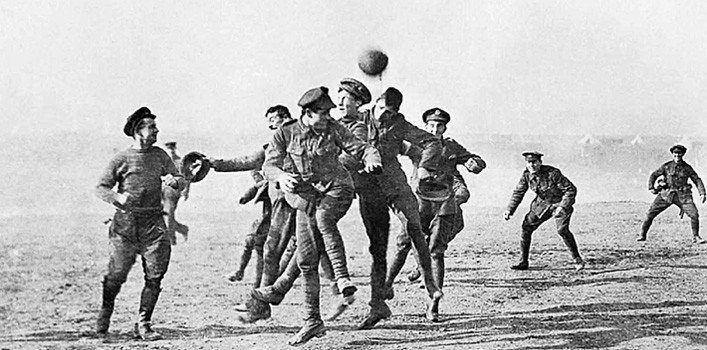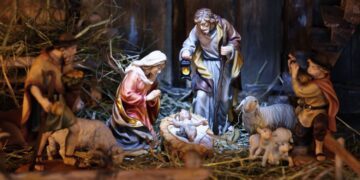The Great War of 1914-1918 saw bloodshed, heartache, and devastation around the world. However, among the tragedy is the tale of the Christmas truce.
This iconic moment of history tells the tale of soldiers on opposite sides coming together in a moment of peace during Christmas Day 1914.
Contrary to popular belief, first-hand sources reported that the Christmas truce was not a large-scale event. Few soldiers participated in this unofficial ceasefire, although the Pope at the time had tried to push for a ‘Truce of God’ for the Christmas season.
Since this was rejected, hundreds of soldiers went on fighting during the month of December, including Christmas Day.
‘Silent Night’ is the carol that is most famously connected to the Christmas truce.
The German soldiers sang this first, which prompted the British soldiers to respond with “The First Noel.”
Finally, all the soldiers came together in a rendition of “O Come All Ye Faithful.”

It didn’t stop at singing – many soldiers left the trenches and ventured into No Man’s Land.
This provided an opportunity for enemies to come face to face and wish one another a merry Christmas.
Gifts were exchanged and photographs were taken in the temporary period of peace.
Many soldiers had been sent packages and goodwill presents from family members and friends back home, which they used to exchange with each other.
Cigarettes and plum puddings were just a few of the gifts which were given.

There is a lot of doubt surrounding the idea that the soldiers took part in a football match.
Some sources report that the Germans won the match 3-2 after a British soldier started it, but historians say there is no concrete evidence that anything football-related ever happened.
The generals of the armies did not respond well to the Christmas truce, which meant that it was the first and last time it happened during the war.
It also became one of the last small truces of World War One.
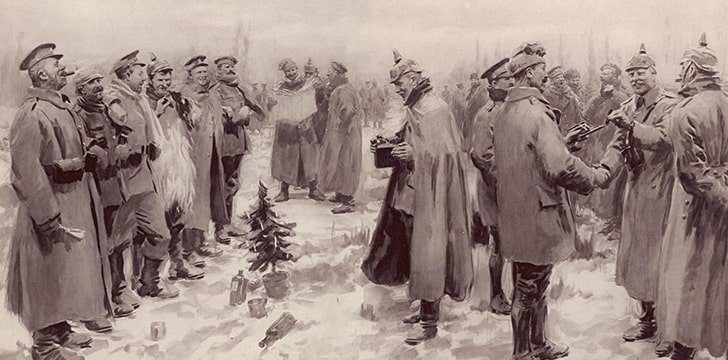
There were more instruments than just the voices of soldiers since reports were made of brass bands from the Germans’ trenches.
It wasn’t all about having a good time, however.
Once outside of the trenches, some of the soldiers used this time to retrieve the bodies of their fellows who had died on No Man’s Land.
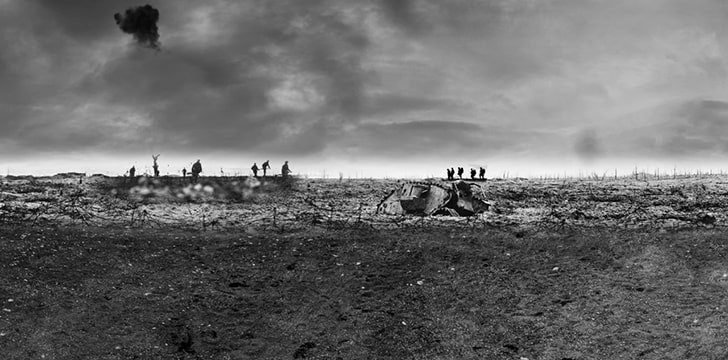
Some of the soldiers were ordered to start fighting again at midnight on December 26th, while others continued the truce until New Year’s Day.
In Frelinghien, a French village, there is a plaque dedicated solely to the Christmas truce of 1914. It was first revealed on November 11, 2008.
Even though the soldiers became friendly with each other for the day, they were not allowed to go to the trenches of the opposite side.
Doing so would have meant discovering private information, such as the number of guns or supplies they had.
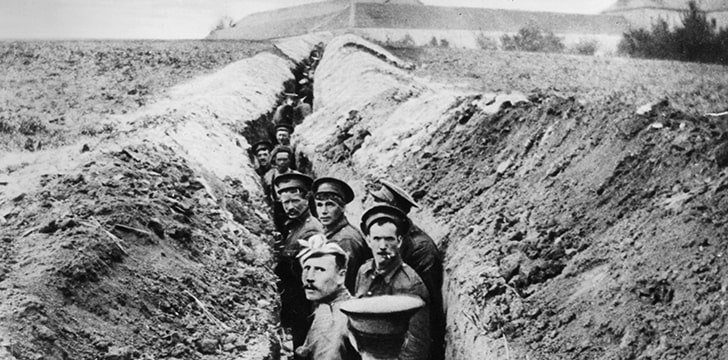
In 2014, the British supermarket Sainsbury’s aired an advert based on the story of the Christmas truce.
The advert showed soldiers exchanging chocolate on Christmas Day.
Although the Royal British Legion supported the advert, many people believed that the event should not have been used as a selling tactic.
The German soldiers had small Christmas trees and candles in their trenches, which they put outside in order to add to the festive atmosphere created by the truce.
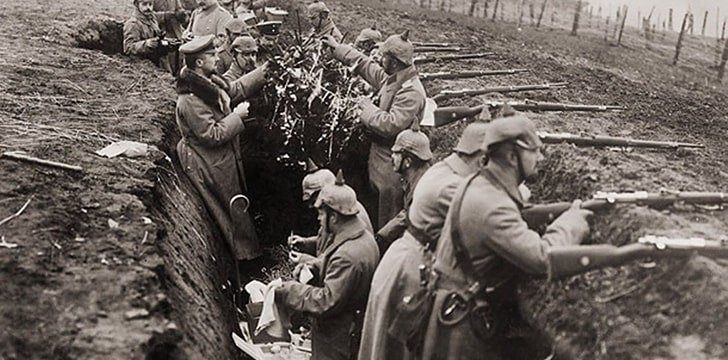
When the Germans first came outside of their trenches shouting ‘Merry Christmas’ in English, the British soldiers thought they were being lured into a trap.
However, when they realized that the soldiers were unarmed, they stepped forward and began wishing their enemies ‘Merry Christmas’ in German.

